English Phonics
Hindhayes has chosen to use the Sounds-Write programme to deliver highly effective daily phonic lessons to all children from Reception to year 2. Below are some words from children about Sounds-Write and some information from their website.
Click on the link on the left to visit the website directly.
About Sounds-Write
Sounds-Write is a quality first phonics programme. Its purpose is to provide classroom professionals with a comprehensive system with which to teach reading, spelling and writing. Ideally it will be introduced in YR, taught in KS1 and fine-tuned throughout the rest of Key Stage 2. In addition, it also serves very successfully as an intervention or catch-up programme.
We deliver the programme on our four-day courses. If you are ready to learn more about these courses, please proceed to 'About our Courses'. If you would like first to evaluate the merits of our approach in depth, then 'Why Sounds-Write?' is for you.
Sounds-Write and the DfE
Sounds-Write is acknowledged by the DfE as meeting ALL its criteria for an effective phonics teaching programme - see our entry on the DfE site for details. Our very highly-rated, intensive courses have now been attended by over fifteen thousand classroom practitioners, educational psychologists and members of local authority support teams. The programme is already being used extensively in primary and secondary schools throughout the United Kingdom, as well as in the Irish Republic, Australia, Zambia, the USA and Papua New Guinea.
A highly structured, synthetic phonics programme
We offer the classroom teacher a very highly structured, multi-sensory, incremental and code-oriented, instructional approach to teaching children to read and spell. The Sounds-Write programme can be implemented in the classroom with a minimum of planning, preparation and expense, and it provides fast and effective teaching for children at all levels.
The programme provides lesson plans that are clearly structured and easy to follow within a systematic, synthetic phonics programme. It teaches all key elements of conceptual understanding, factual knowledge, and the three essential skills of blending, segmenting and phoneme manipulation necessary for learning to read and spell and it does so on a daily basis until all children achieve the automaticity that underlies the fluency of every successful reader.
Sounds-Write covers it all at every stage
The programme is designed to provide all practitioners, whether they are teachers, teaching assistants, educational psychologists, or even interested parents or carers, with a clear understanding of how the English alphabet code works. We show how to teach it in carefully structured, sequential steps from simple CVC words like sat to very much more complex, five- and six-syllable words like personification. It is designed for the teaching of discrete, daily sessions, progressing from simple to more complex phonic knowledge and skills and covering all the major sound/spelling correspondences. We believe that the alphabetic principle is also taught most successfully by engaging young learners in vigorous, interactive and enjoyable phonics activities that are also situated within a language-rich curriculum.
Teaching the Initial Code
At the start of the programme, simple, one sound/one spelling, one-syllable, CVC words only are introduced. As the programme progresses, the complexity of one-syllable words is increased to four-, five- and six-sound words of the structure CVCC, CCVC, CCVCC/CCCVCC, before introducing the most common consonant digraphs.
The Sounds-Write programme teaches pupils to understand the way the alphabet code works. Very often, in the early stages of learning to read and spell, because of the complexity of the code, pupils will not be able to spell some sounds by using the correct spellings. However, pupils taught using Sounds-Write will be able to write almost anything they want to write by using plausible (phonetic) spellings for sounds. In this way, pupils, teachers and parents can read anything the pupil has written. As they progress through Key Stage 1, pupils learn systematically how words are spelled in English. This ability to express oneself in writing from the start of school gives children enormous confidence, which naturally feeds back into the other kinds of learning taking place within the school curriculum.
The Extended Code and Polysyllabic Words
Thereafter, from Y1 onwards, all the remaining common vowel and consonant sound to spelling correspondences are taught until all the common spellings for the forty-four sounds in English have been covered. In parallel with this, pupils are taught how to read and spell polysyllabic words, progressing from two-syllable to five- and six-syllable words.
A multi-sensory programme
Throughout, Sounds~Write promotes the use of multi-sensory engagement with the materials pupils are working with in a manner that is commensurate with the level and abilities of the children being taught. Visual, auditory and kinaesthetic activities are at all times combined simultaneously to promote learning.
In addition to being multi-sensory, the Sounds-Write programme has pace and utilises an array of stimulating lessons and resources. It also enables practitioners to differentiate the challenges placed before the learner in order to meet their individual needs.

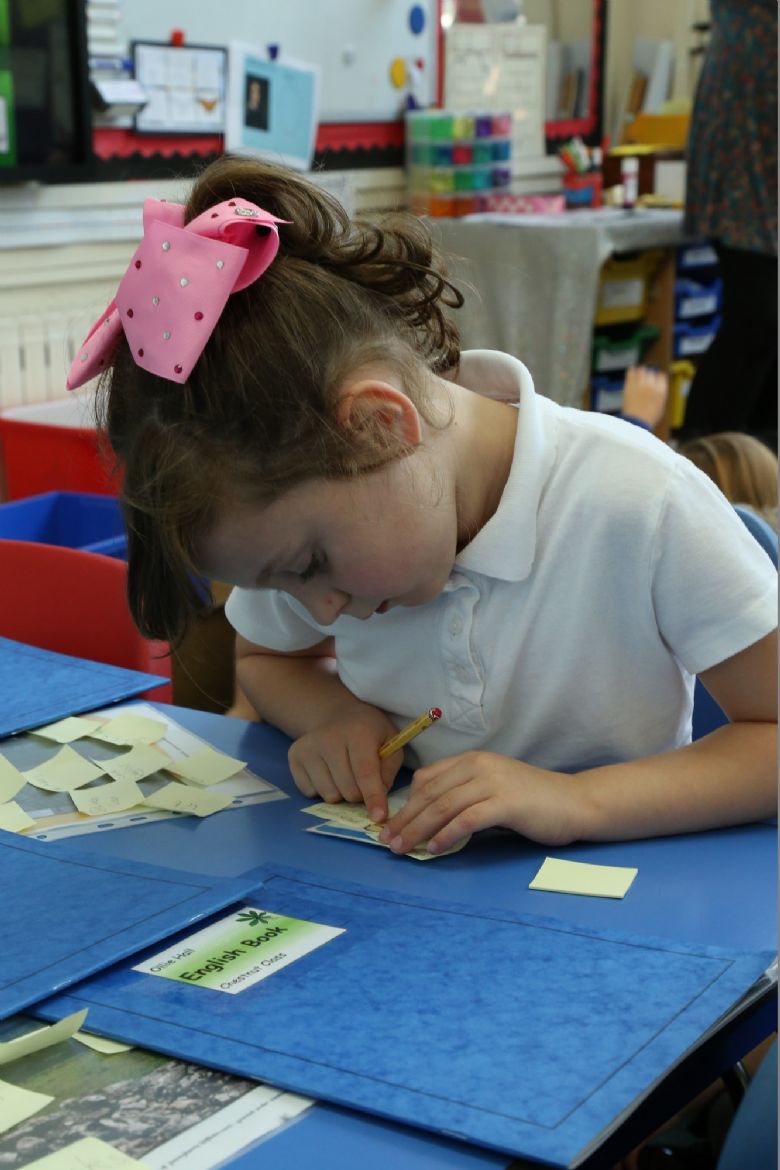
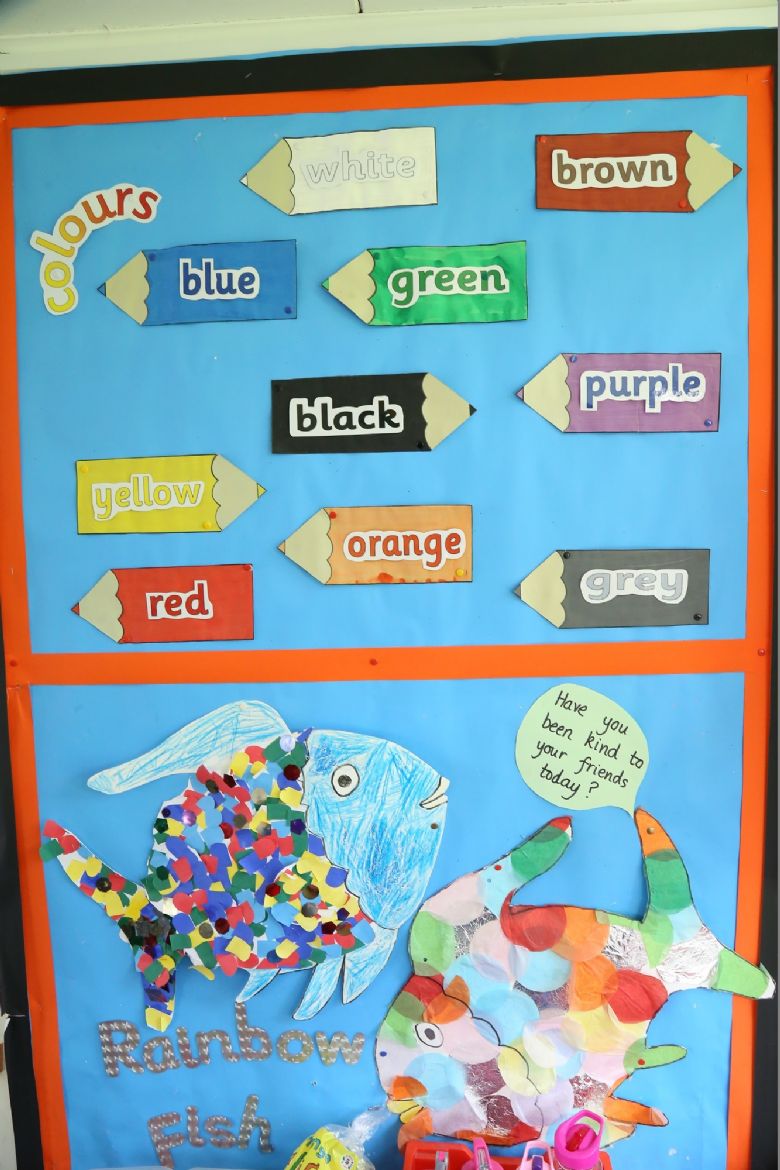
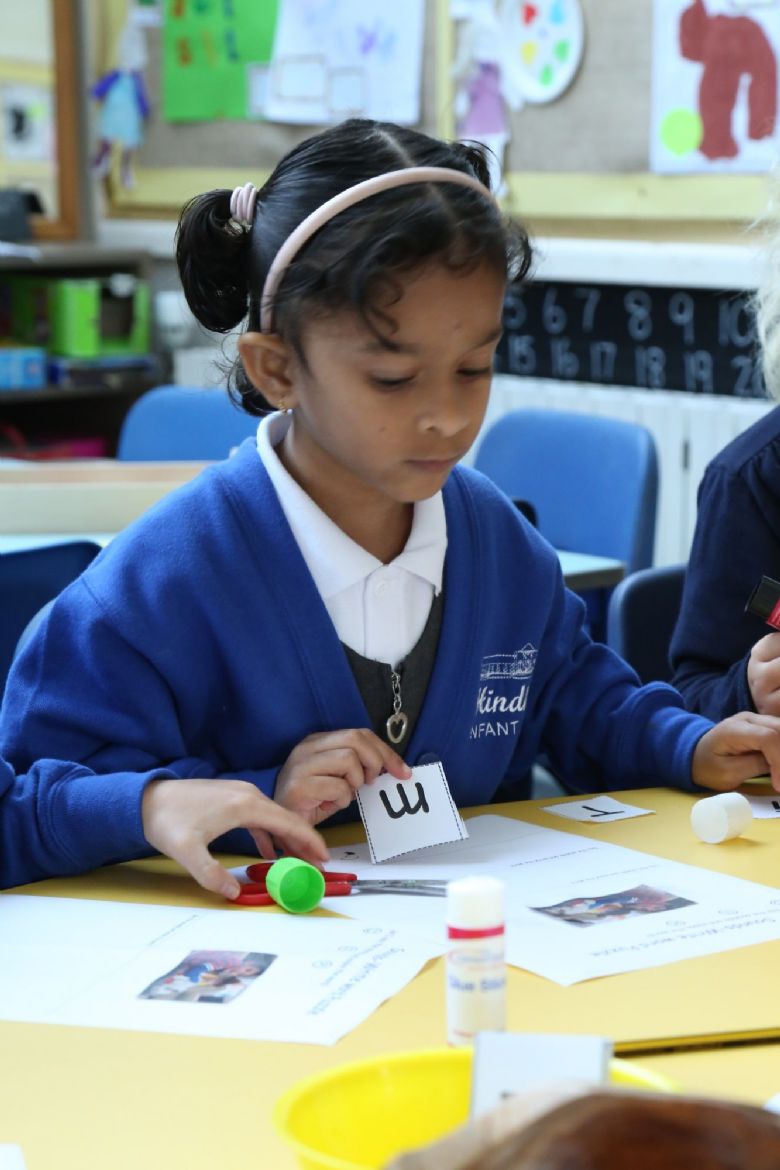
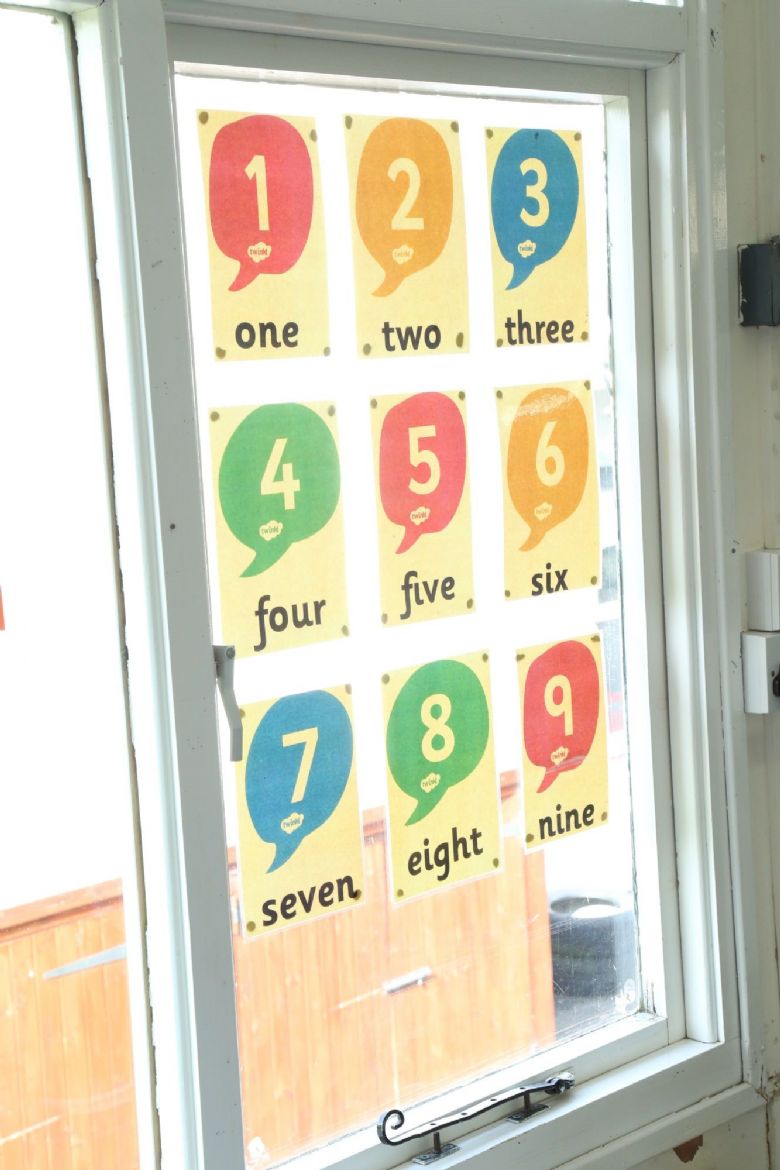
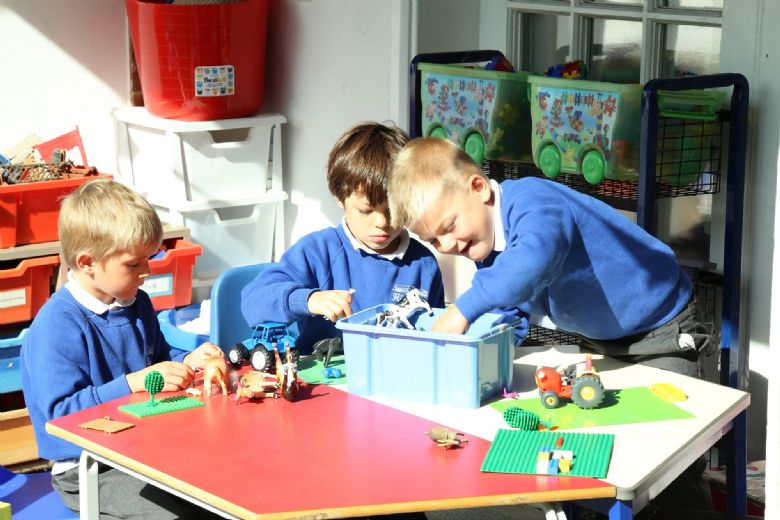 ''
''